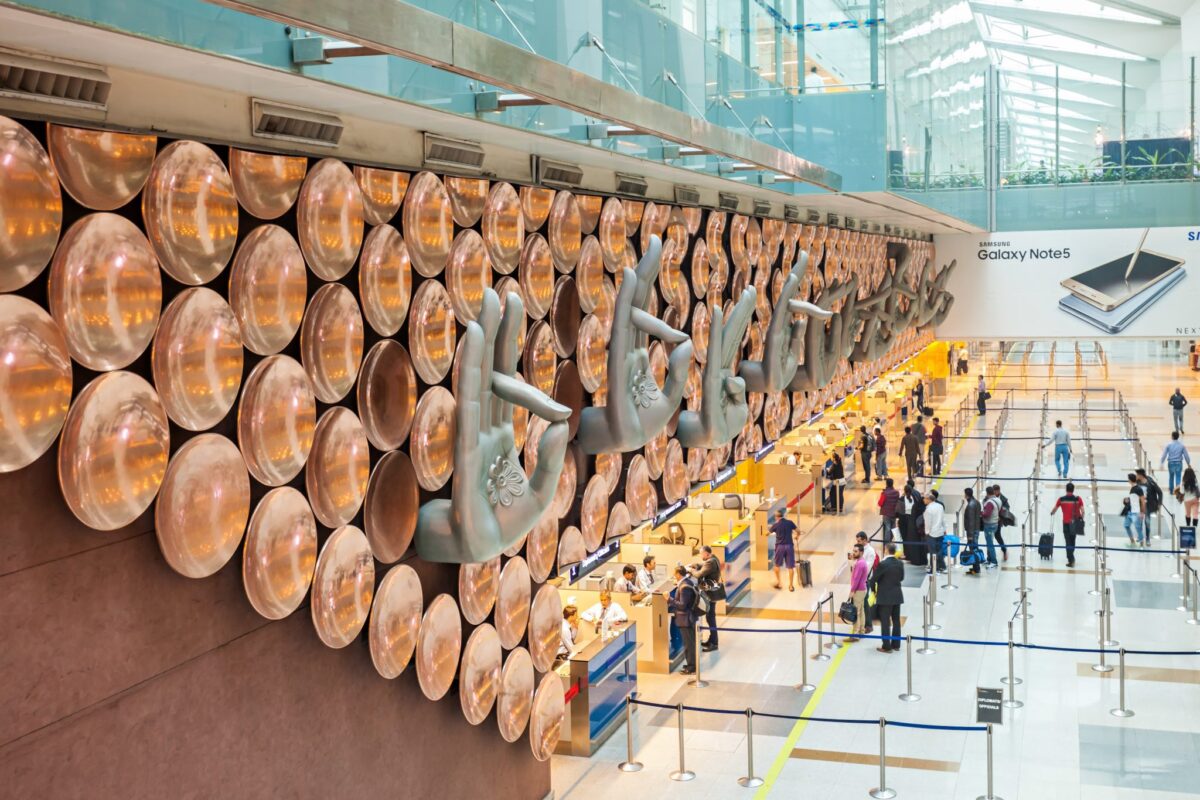What India Reveals About the Future of Online Travel: A Skift Deep Dive

Skift Take
Surprising factors have delayed the coronation of MakeMyTrip Group as India's queen of domestic online travel. Paytm came out of nowhere to grab share, Oyo upended budget hotel distribution, Ixigo tried to make price comparison chic, and Booking.com outmaneuvered Expedia for premium hotel bookings. From this scrappy mix, online travel will find new lessons.
In October 2016, MakeMyTrip and Ibibo, India's two largest online travel agency groups, agreed to merge. Investors expected the deal would stem the rampant promotional offers that have bled away profits in the sector. But that didn't happen.
The deal united the brands MakeMyTrip, Goibibo, and RedBus. Together, they could have translated their market heft into profitability.
Unfortunately for them, new entrants emerged. Paytm, a digital wallet provider, began selling flights and rail. Oyo, a hospitality company, received a $1 billion funding round in 2018 that let it continue to drive 95 percent of its bookings through its direct online channels through various promotions.
Meanwhile, a few older players revved up their games. Booking.com doubled its lodging inventory and doubled down on its domestic marketing. The price-comparison search brand Ixigo turbo-charged its customer and inventory acquisition efforts. Yatra and Cleartrip continued to fight, while other smaller players debuted.
Global powerhouses like Booking.com that rarely compete with promotional offers participated in a fierce one-upmanship in other ways. They dispersed workers to sign up inventory, created marketing messages aimed at different customer segments, and localized online tools to meet the distinctive needs of India's mobile-first customers.
Today's battles over India's $2 billion online travel market may not be as bloody as the ones depicted in Mahābhārata, an ancient Sanskrit epic poem of combat. But they are sacrificing profits.
MakeMyTrip and GoIbibo continue to lead the market, and they continue to narrow their losses. But they need about three more years to achieve enough market power that they can reach levels of profitability similar to what online travel companies enjoy in more established markets, according to a research note by Arya Sen, an equity analyst at investment bank Jefferies.
How online travel shakes out in India, with its internet-savvy and growing middle class, will teach the global sector lessons on competition, pricing, and marketing — and on how to tailor products locally.
One "caricature of India's travel sector" is that identical types of companies are "in a self-defeating price war over identical customers," said Satish Meena, an analyst at research firm Forrester.
"The reality is India's customer segments break out into multiple clusters," said Meena. "That allows new and indirect competitors to enter the business and find f

